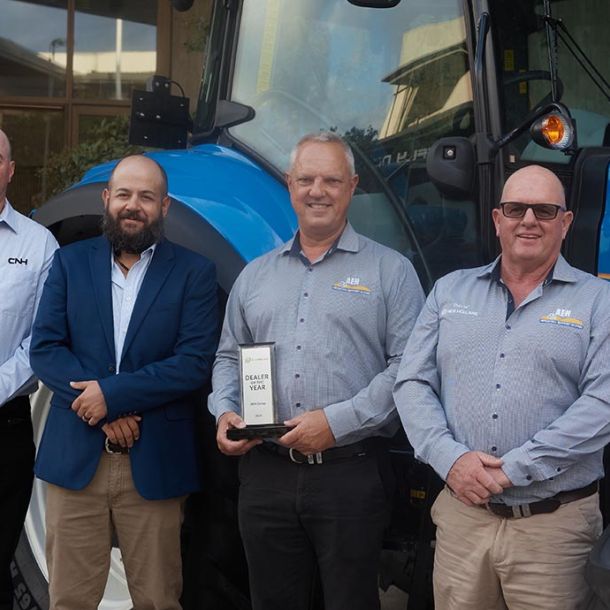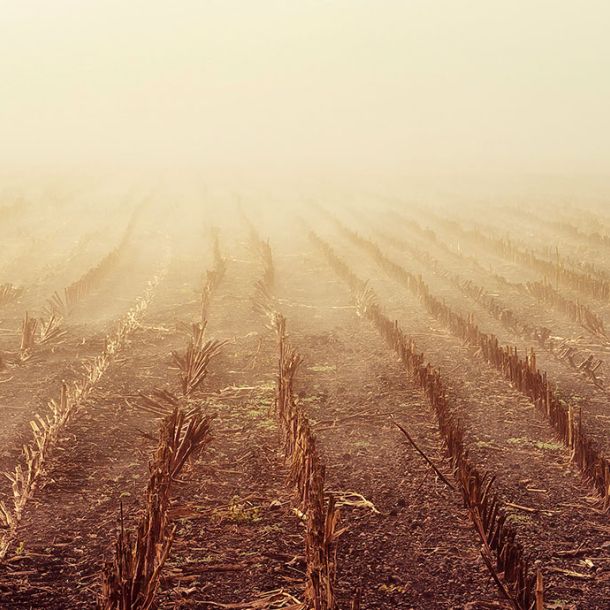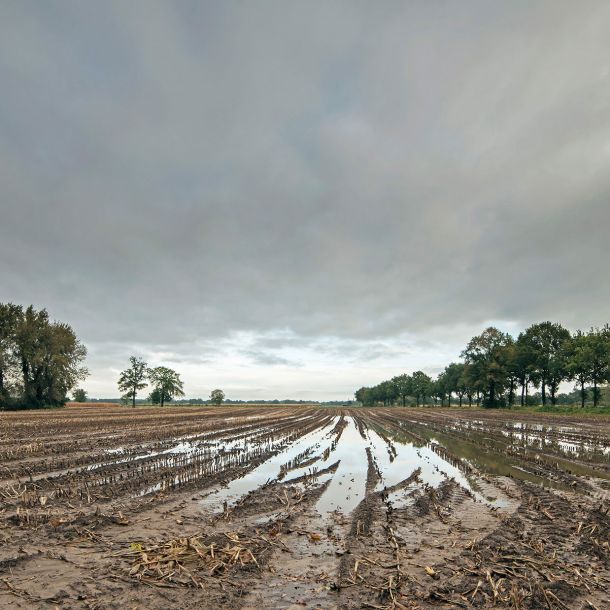To avert nitrogen tie-up, try the ‘Speedy’ approach
Crop stubble is defined as “the straw and crown of plants left on the soil surface after harvest. Stubble also includes straw and chaff discharged from the harvester (header). It is also known as ‘residue’ or ‘trash’.”
In surface-retained and standing stubble systems, wetter-than-usual conditions are conducive to an increase in residue production. With nitrogen and water required to break down the crop stubble and residue, this can tie up much of the available nitrogen in the soil.
The result is that incoming crops may be starved of the nutrient support required to achieve optimal growth.
Riverine Plains Inc.’s Stubble Management Guidelines No.3 document [1] says “nitrogen tie-up” is directly related to stubble retention due to a temporary nitrogen lag during early crop growth stages, as microbes ‘borrow’ soil nitrogen to break down the stubble from the previous crop. “This may leave the current crop short on available nitrogen during the initial stages of plant growth if adequate fertiliser nitrogen is not supplied.”
Figures from the Grains Research and Development Corporation [2] back this up. Field trials conducted over many years indicate that without direct action to address nitrogen tie-up, wheat yields may be impacted by up to 0.3t/ha to 0.4t/ha.
A proactive, two-pronged strategy
It’s a clear and present danger in the wake of one of the wettest Spring seasons on record in many regions. But a proactive strategy can help to maintain soil viability and mitigate many of the adverse impacts of nitrogen depletion.
The first action in a two-pronged approach is to incorporate and size up the stubble, to speed up its breakdown. When done at the earliest opportunity, this allows the stubble to move from immobilisation to mineralisation before the next crop is sown.
The key is to utilise tillage machinery that’s designed to manage heavy loads at fast pace, with excellent incorporation ability.
A good example is K-Line’s Speedtiller®, a high-performing, dual purpose disc-tillage machine. Because it’s able to penetrate the soil at the ideal depth, it promotes better incorporation by chopping up the residue and feeding it back into the soil where it is more easily broken down.
Another benefit of the Speedtiller® is that it lifts the soil to reduce compaction, and simultaneously levels the field, leaving a well-prepared seedbed in just one pass.
Its heavy-duty construction, built-for-Australia engineering and no-nonsense operation makes the Speedtiller® the ideal tool to take advantage of the shorter windows of opportunity in volatile weather conditions.
The result is that the incoming above-ground crop has access to the nutrients it needs to thrive – sunlight energy (carbon), water and warm temperatures. Below the ground, crop roots and microbes continue to feed on the available nitrogen and carbon stored in the soil, rather than immobilising the nitrogen to help break down stubble residue.
From tie-up to top-up
However, maintaining the appropriate nitrogen content in soil can still be an issue. It’s now conventional wisdom that retention of crop residue is superior to burning stubble, because it helps to prevent soil erosion and retain moisture in the soil, in addition to averting air pollution.
Agriculture Victoria’s discussion paper Managing Stubble [3] says that during the last 25 years, conservation farming has continued to evolve.
“There is now less burning, less soil cultivation and increased retention of crop stubble. This trend has been driven by the need to maximise water use and protect soils from erosion, in an era of increasing climate variability.”
One upside of burning residue was that the practice could leave significant nitrogen stored in the topsoil ready to assist the incoming crop. Instead, retaining stubble risks depleting that precious store and requires careful management and compensatory measures.
Studies undertaken by the GRDC suggest that nitrogen tie-up is more likely to occur in-season, rather than during the summer fallow, meaning that waning nitrogen levels may not be picked up in pre-sowing soil mineral measurements.
“Yield penalties for retained residues were significant, but confined to successive cereal crops, and could be reduced by reducing the stubble load or by applying more nitrogen ( approximately 5kg nitrogen per t/ha of cereal residue) and applying it earlier to the following crop,” the GRDC says in its 2018 paper, The effects of stubble on nitrogen tie-up and supply [2].
“Deep placement of the nitrogen improved nitrogen capture by crops irrespective of stubble management, but was especially effective in stubble-retained situations.”
Therefore, the second recommended angle of attack for combatting nitrogen tie-up is to have a good, heavy-duty spreader at the ready, for efficient dispersal of nitrogen fertiliser.
This could take place during incorporation, to feed the sub-soil microbial growth and speed up its turnover, freeing more nitrogen for uptake by the incoming crop. More nitrogen can be added at sowing, and can be deep-banded to separate the nitrogen from the higher microbe population in the surface soil, to give the crop an advantage.
This dual approach can help overcome the impacts of nitrogen tie-up, the GRDC says. “In summary, nitrogen tie-up is an easily managed issue for growers with suitable attention to the management of stubble and nitrogen fertiliser.”
References
-
[3]








